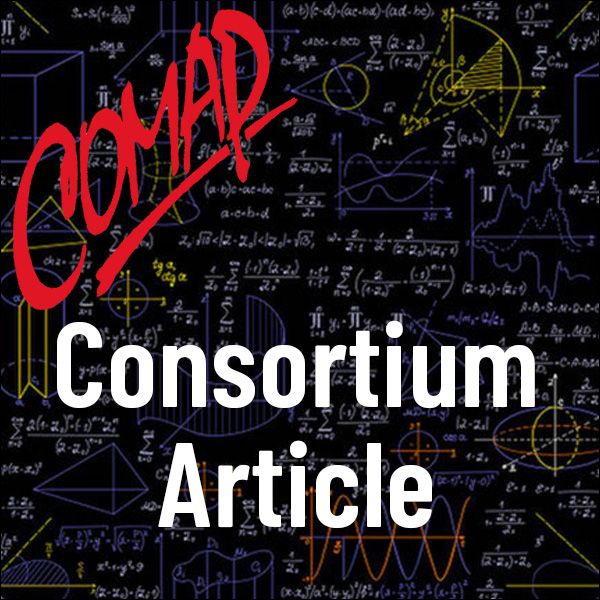Scenario: The Mathematics of Presidential Elections
Author: Richard Francis
Number notions underlying the election of the president of the United States can be the source of many "what if " questions. Winning and losing outcomes invariably rest on a straightforward application of the counting process and resulting number comparisons.
Such applications may suggest at first glance a simple procedure but on further reflection, this simplicity feature fades away. Is it the popular vote that elects the president, or does some other counting scheme apply? What if no candidate receives a majority of the votes cast? Who makes the decision if certain vote totals are in doubt?
How reliable are statistical projections that predict the winning candidate? And more! So many of these and similar questions arise as one looks carefully at the story of presidential elections long past. Maybe in some way, certain scenarios of the past will resurface and again call for a meticulous application of some numerical rule. Or, perhaps, an unfolding scenario will prove altogether different from anything encountered thus far.The numbers prove intriguing and consequential and as exciting as any game of the sports world.
Table of Contents:
THE RULES OF ELECTION
AS STRANGE AS FICTION
THE GAME OF PRESIDENT
HISTORY REPEATS ITSELF
REFERENCES

Mathematics Topics:
Application Areas:
You must have a Full Membership to download this resource.
If you're already a member, login here.